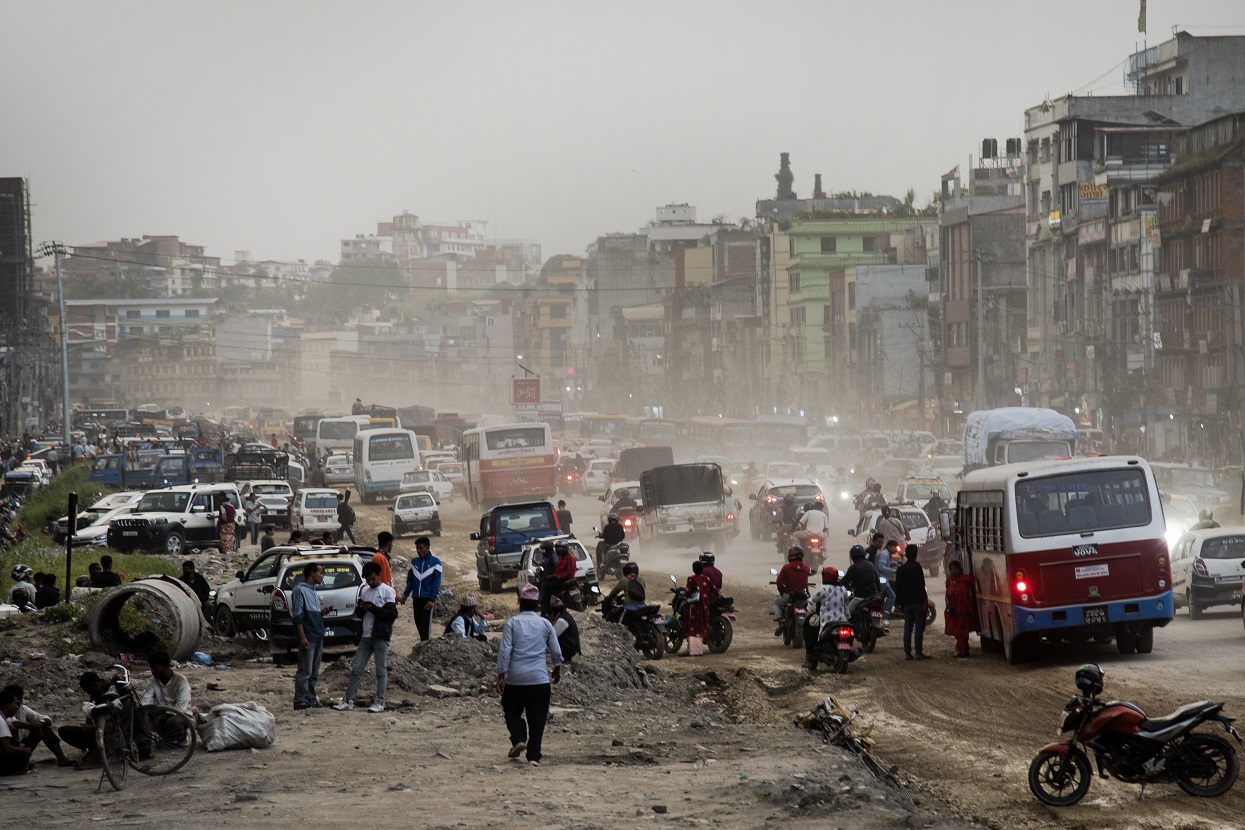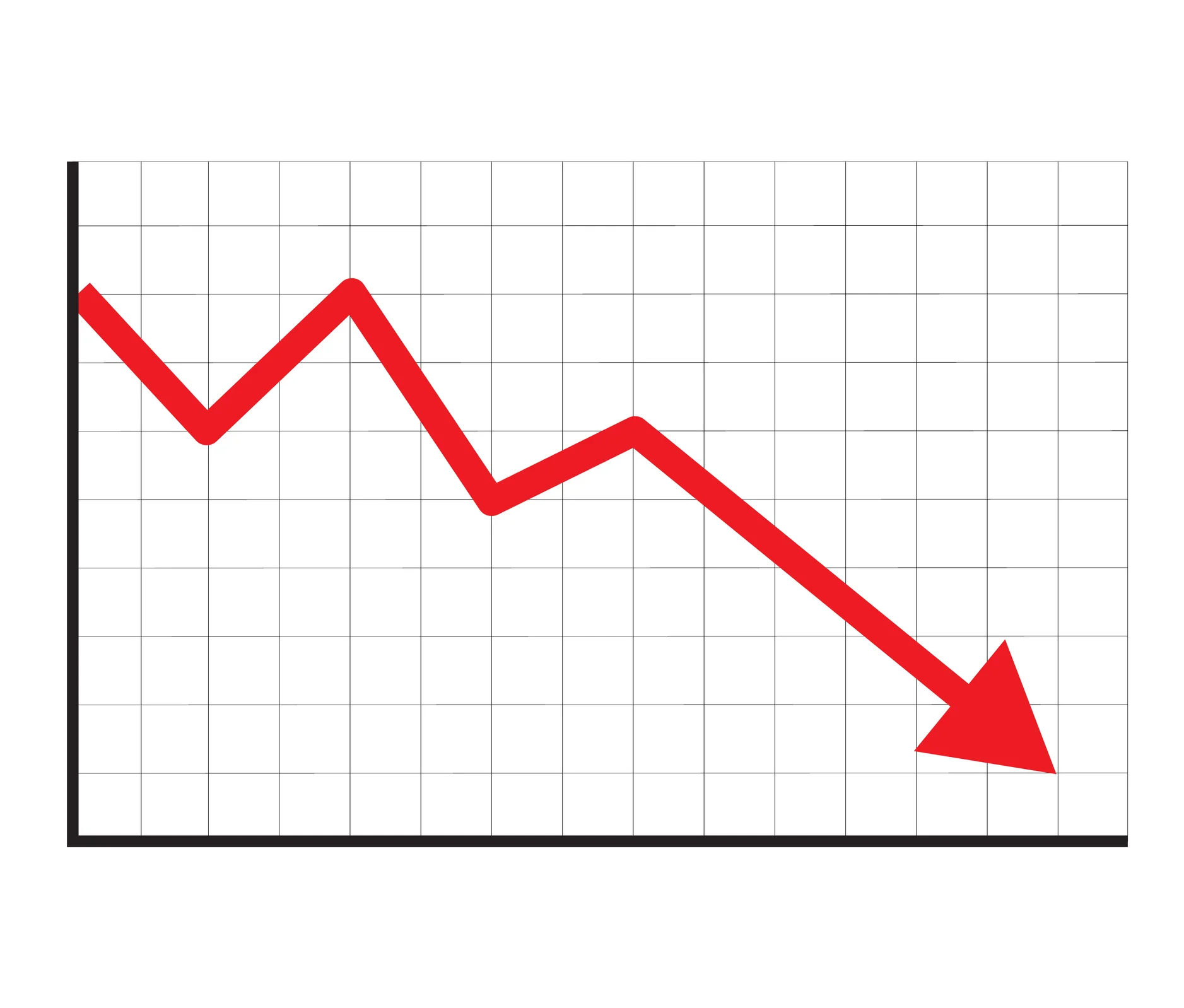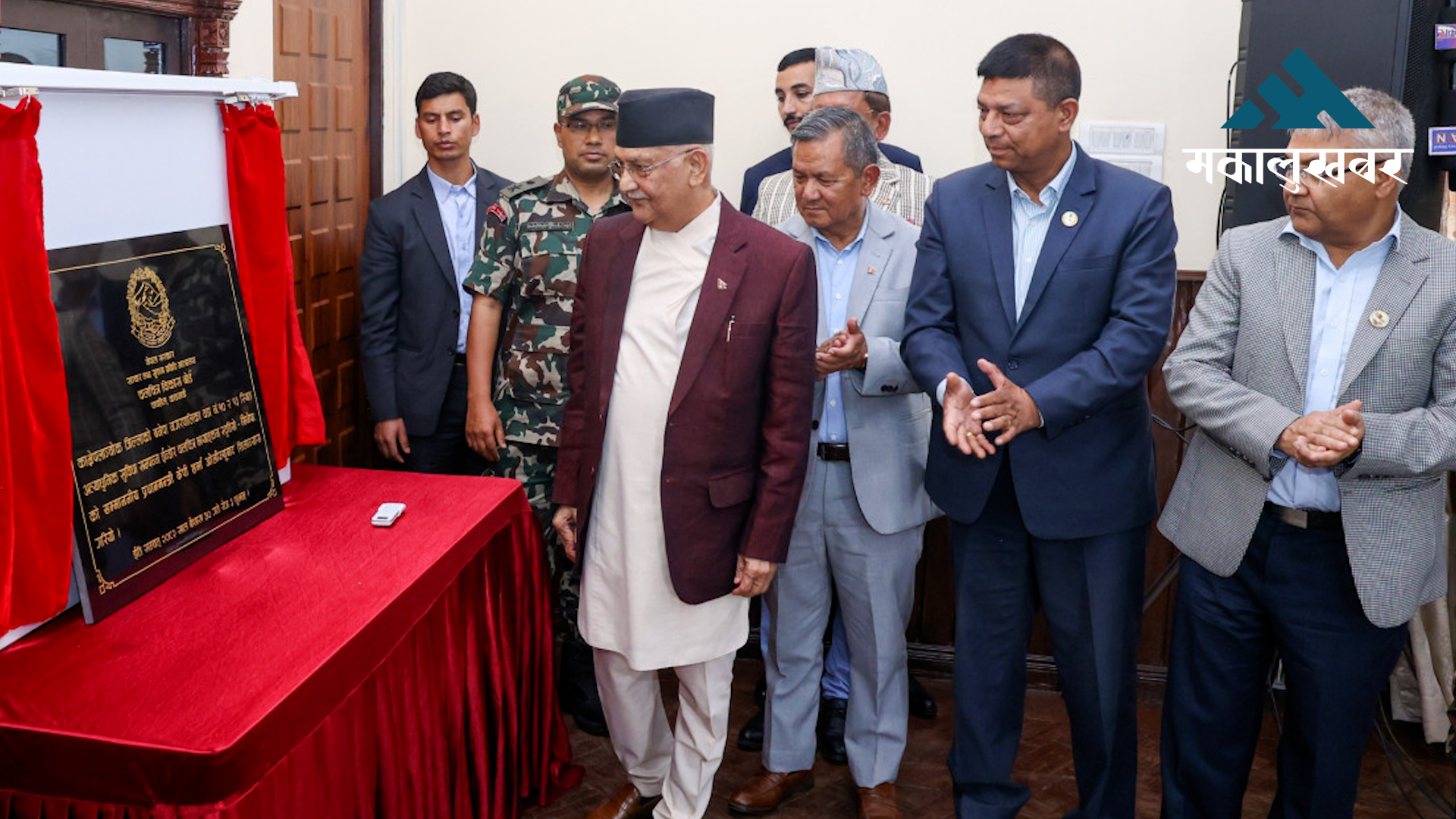Kathmandu tops global air pollution rankings with hazardous AQI
The air quality index (AQI) for Kathmandu Valley currently stands at 247, indicating extremely unhealthy air conditions.

KATHMANDU: The air quality of Kathmandu Valley has become very unhealthy.
According to the latest data from IQAir, a global air quality monitoring organization, Kathmandu Valley has been ranked at the top of the world’s most polluted cities list.
The air quality index (AQI) for Kathmandu Valley currently stands at 247, indicating extremely unhealthy air conditions.
Experts warn that AQI levels between 201 to 300 are considered hazardous, posing severe health risks.
AQI levels ranging from 301 to 400 are deemed as dangerous, while levels from 401 to 450 are considered extremely hazardous. AQI levels between zero to 50 are considered good, while levels between 51 to 100 are considered moderate.
Environmental health expert Yadav Joshi has suggested not to go for a morning walk when the sky is cloudy and the pollution has increased. “Small particles of dust and smoke are floating on the lower surface of the atmosphere, which can enter directly through our nose and mouth,” he said, “As it affects patients with asthma and pneumonia more, masks must be worn.”

Professor Ram Prasad Regmi, who has studied the causes of air pollution in Kathmandu, says that in winter, pollution will increase when the cold air comes down and the hot air comes up. Due to this, the polluted air does not get out of the valley for a long time. And, a stable atmospheric surface forms over the hills surrounding the valley. “It stops the process of pollution going up to the sky like putting a tarp in the valley,” he said, “in that case, the emitted air pollution starts to accumulate in the valley.”










